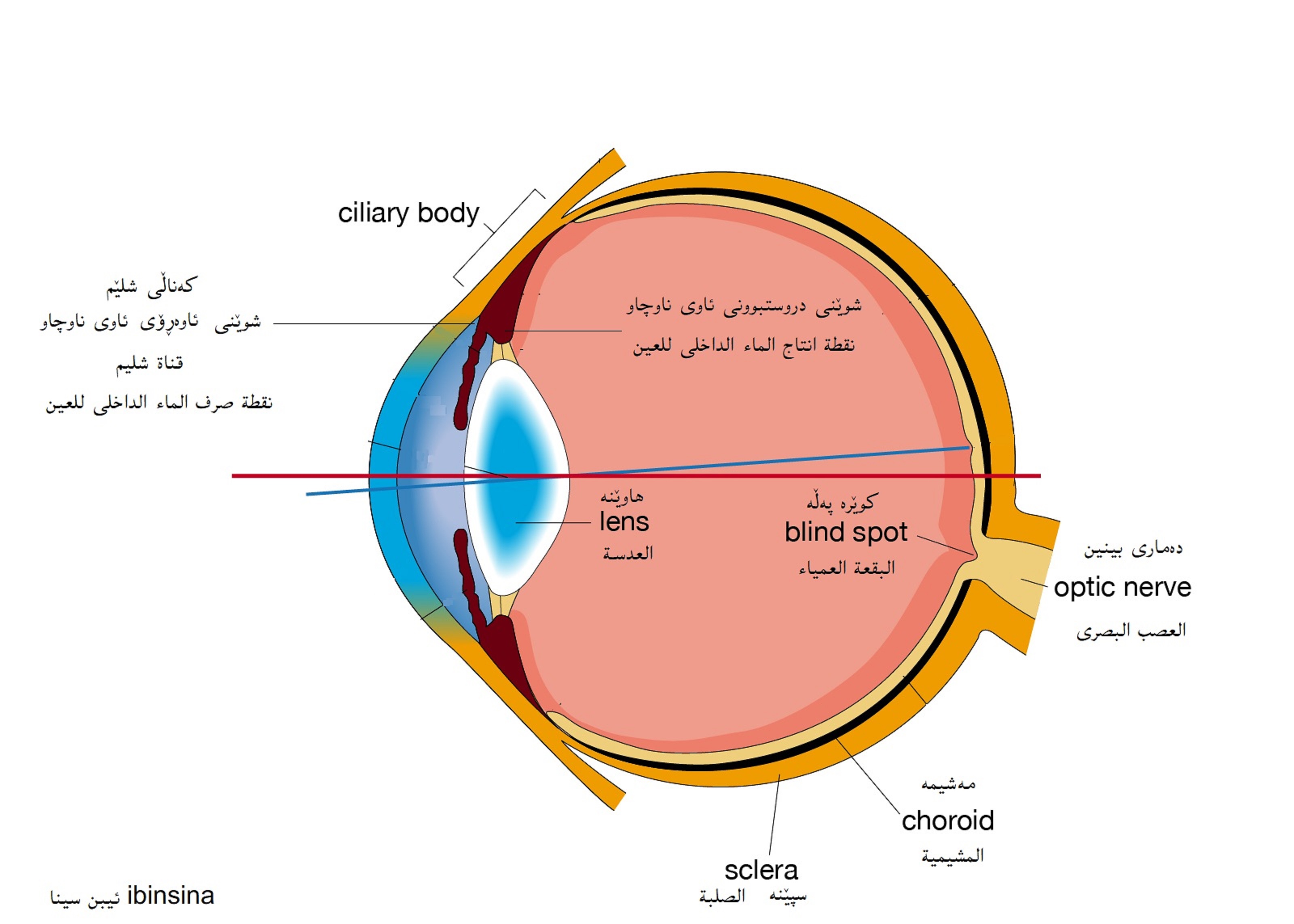Frequently Asked Questions
When you are told your vision is 6/6 or 6/18 or less or more, this means they did an eye measure for you called visual acuity. The eye has many important measurements. Among the most important are the visual acuity, visual field, color vision and contrast. When they measure your visual acuity, they put a vision chart at a specific distance. The chart either has English E letters of different directions, or Latin letters or pictures of different sizes on it. Each size is kept on a line which holds a specific number. The number 6 is fixed and means that the exam is held on a distance of 6 meters. The second number; 18 in case of your vision exam is last size of letters you could recognize. You couldn’t recognize the smaller letter sizes of 12, 9 and 6. The size 18 means that a person with normal 6/6 vision can recognize it from 18 meters distance. So visual acuity test is indirectly comparing your eye to the eye of a normal person with 6/6 vision. Your score of 6/18 means at a distance of 6 meters you could recognize letter sizes that a person with normal visual acuity can see at 18 meters!

What is the difference between cataract and glaucoma?
Actually, these two diseases have no relation to each other in terms of etiology and mechanism of the disease. There will be no new water produced inside the eye in any color! It is only their name in Kurdish or Arabic making us imagine they are related to one another.
Cataract is the whitening of the proteins making the fibers of the eye lens. These fibers are transparent themselves. The mechanism of their whitening is the same as the whitening of egg white after boiling. The egg white is colorless but when boiled becomes white and hard. The proteins of the lens in the same way after decades of exposure to rays and light become white and harden; they are transparent and gel like initially.
On the other hand, glaucoma is the atrophy of the optic nerve cells when exposed to high intra-ocular pressure. If a soccer ball has low air pressure, it becomes saggy. If it has too much air pressure, it becomes rigid and under tension. The eye ball in the same way maintains shape and size; it has a pressure ranging between 9 to 21 mmHg. If pressure is higher than 21mmHg, the live content inside becomes under pressure. The optic nerve fibers are very sensitive to abnormal pressure and die if exposed to it. This is called glaucoma! Inside the eye there is a continuous production of water and drainage at the same time. Any imbalance to this production-drainage may cause abnormal high pressure inside the eye.
So why these two diseases have very close names in Kurdish and Arabic?
Both diseases cause the eye or a part of it to appear white or bluish-black especially at their end stage. In cataract, the whitish lens appears through the pupil and we can see it by naked eye at the end stage. In glaucoma, the high pressure stretches the sclera especially in children and let us see the choroid through the thinning points of the sclera.




